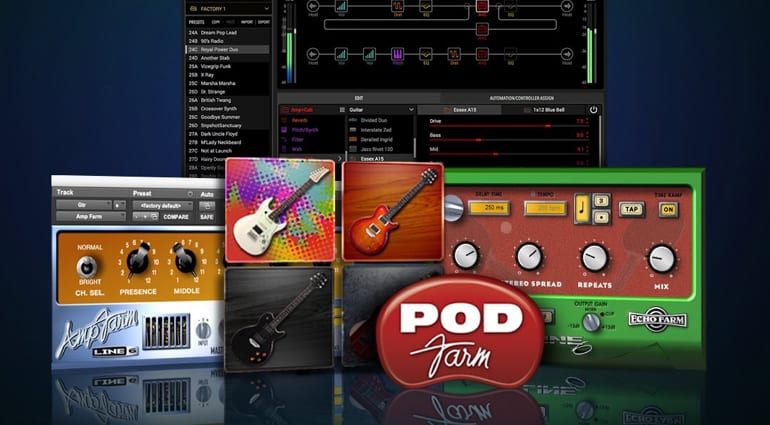


Indeed, Native is designed to work seamlessly with the Helix hardware and, if you happen to own both (owners of Helix hardware get a considerable discount on the price of Helix Native), any presets you create can be moved between the two platforms with a minimum of fuss. As the name suggests, this is a software-based version of the Helix hardware for Mac OS and Windows, and while still not inexpensive, it is considerably cheaper than the hardware despite apparently offering exactly the same modelling technology. Line 6’s latest software-only product is Helix Native.

For studio-based musicians, the additional convenience of a plug-in format, and the lower cost, are further attractions of this approach. In the software domain, meanwhile, products such as Guitar Rig, AmpliTube, ReValver and Line 6’s own Pod Farm all offer the same kinds of modelling algorithms, but let your computer provide the processing grunt required.

Whether it’s in the studio or on stage, modelling is no longer just about convenience. Having owned a Helix Floor since it was first released, I agree. Line 6’s current flagship hardware product is the Helix, which comes in two different floorboard formats and as a rack unit.Īs Bob Thomas said in his June 2016 review of the last of these, products such as the Helix Rack, Kemper Profiling Amplifier, Fractal Audio’s Axe FX II and Positive Grid’s BIAS Head have finally convinced a lot of guitar players that modelling is mature enough to deliver both the tone and the feel of real amps, cabinets and effects. In the 20 years (gulp!) since the Pod first appeared, Line 6 and their competitors have repeatedly upped their guitar rig modelling game. Their original Amp Farm plug-in and hardware ‘kidney bean’ Pod processor were, in many ways, the start of a revolution. Line 6 have been at the forefront of guitar amp and effects modelling technology for many years. Helix systems are converting many guitarists to amp modelling, and the newest of them brings Line 6’s latest algorithms to your DAW.


 0 kommentar(er)
0 kommentar(er)
